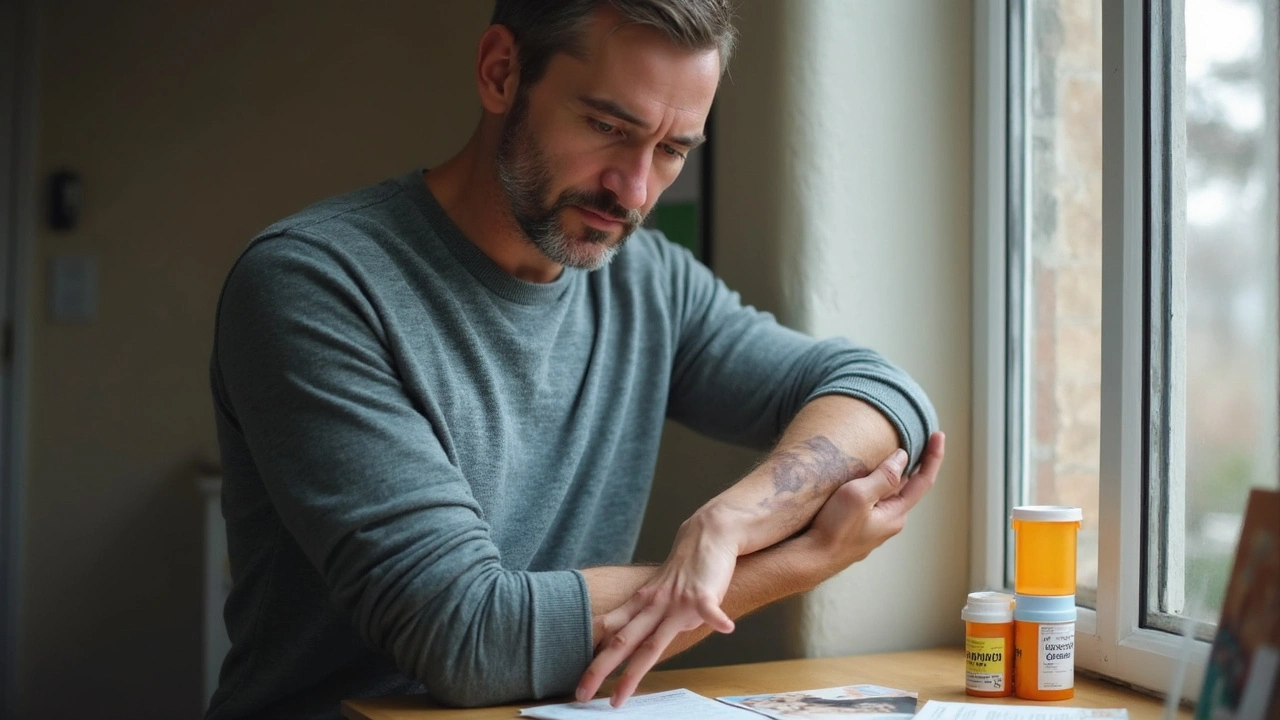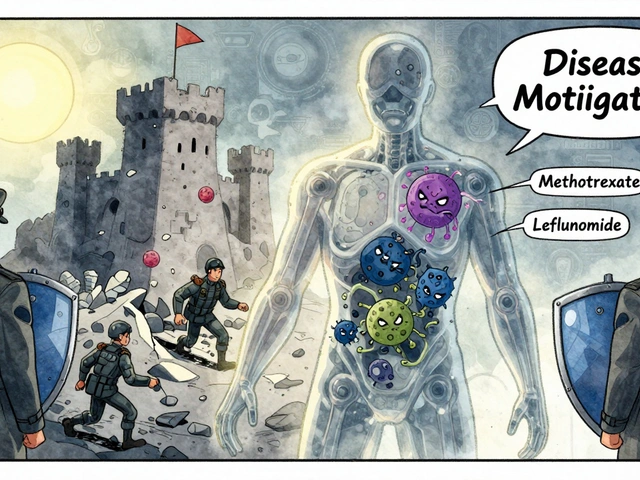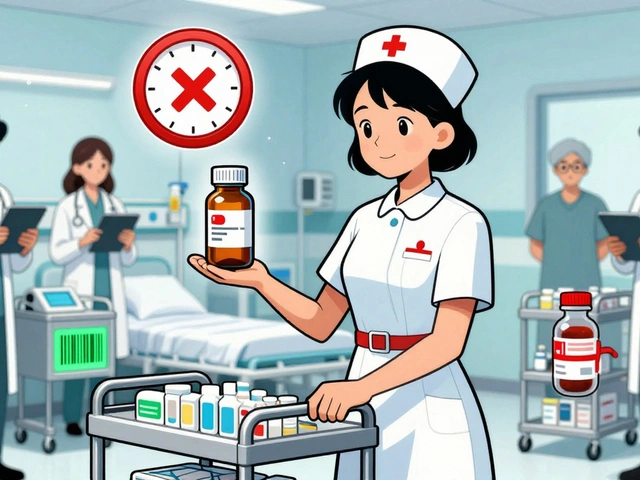Blood Pressure Drugs Rash: Causes and What to Do
Got a new rash after starting high blood pressure medication? That’s scary but not rare. Some blood pressure drugs can cause skin reactions ranging from mild itch to serious swelling. This guide helps you figure out what likely caused the rash, what needs immediate care, and smart next steps to talk about with your doctor.
Which blood pressure meds commonly cause rashes?
Different drug classes cause different skin problems. Here are common patterns to watch for:
- ACE inhibitors (like lisinopril): usually cause cough, but can also trigger rashes and, rarely, angioedema (swelling of face, lips, tongue). Angioedema can be life‑threatening.
- ARBs (like losartan): rashes are less common than with ACE inhibitors, but still possible.
- Thiazide diuretics (like hydrochlorothiazide): often cause photosensitivity (sun-triggered rash) or itchy red spots.
- Calcium channel blockers (like amlodipine): may cause flushing or patches of red skin for some people.
- Beta blockers and vasodilators (some types): can cause occasional rashes or allergic reactions.
- Hydralazine and methyldopa: less common today, but linked to lupus-like rashes or other immune reactions in some patients.
What to do right now
First, check how serious the reaction is. Go to the emergency room or call emergency services if you have:
- Trouble breathing, wheezing, or throat tightness.
- Rapid swelling of face, lips, tongue, or neck.
- Widespread blistering, peeling skin, or raw areas (could be Stevens‑Johnson syndrome/TEN).
- High fever with the rash.
If symptoms are mild (small itchy spots, limited redness) you can:
- Call your prescriber. Don’t stop a blood pressure medicine without advice unless the reaction is severe. Some meds need tapering.
- Use an over‑the‑counter antihistamine (cetirizine, loratadine) for itch if your doctor says it’s OK.
- Apply 1% hydrocortisone cream to small itchy patches. Avoid heavy creams on broken skin.
- Take photos and note when the rash started and which drugs you took recently. That helps your clinician decide the cause.
At your follow‑up, your provider may stop the suspected drug, switch to a different class, or refer you to dermatology/allergy for testing. If you experienced angioedema, make sure your provider documents it clearly—some drug classes may be avoided in future.
Finally, report severe reactions to your country’s drug safety authority (for example, FDA MedWatch in the U.S.) and keep a copy of the report for your records. That helps protect others and keeps your file complete for future care.
Got questions about a specific drug or photo of a rash? Bring details to your clinician or pharmacist—they can often identify the likely culprit fast.

Can Losartan Cause Rashes? Signs Your Blood Pressure Med May Trigger Skin Issues
This article explores whether your blood pressure medication, particularly losartan, could be behind unexplained skin rashes. Learn about the symptoms, how to identify if losartan is to blame, and practical steps to take if you suspect your medicine is causing skin problems. Real-world examples, insightful tips, and useful resources make the signs and solutions clear and actionable. By digging into actual cases and key medical advice, readers will get a down-to-earth guide for tackling skin reactions linked to their blood pressure meds. The aim is to empower people to ask the right questions and get the help they need.
View More




